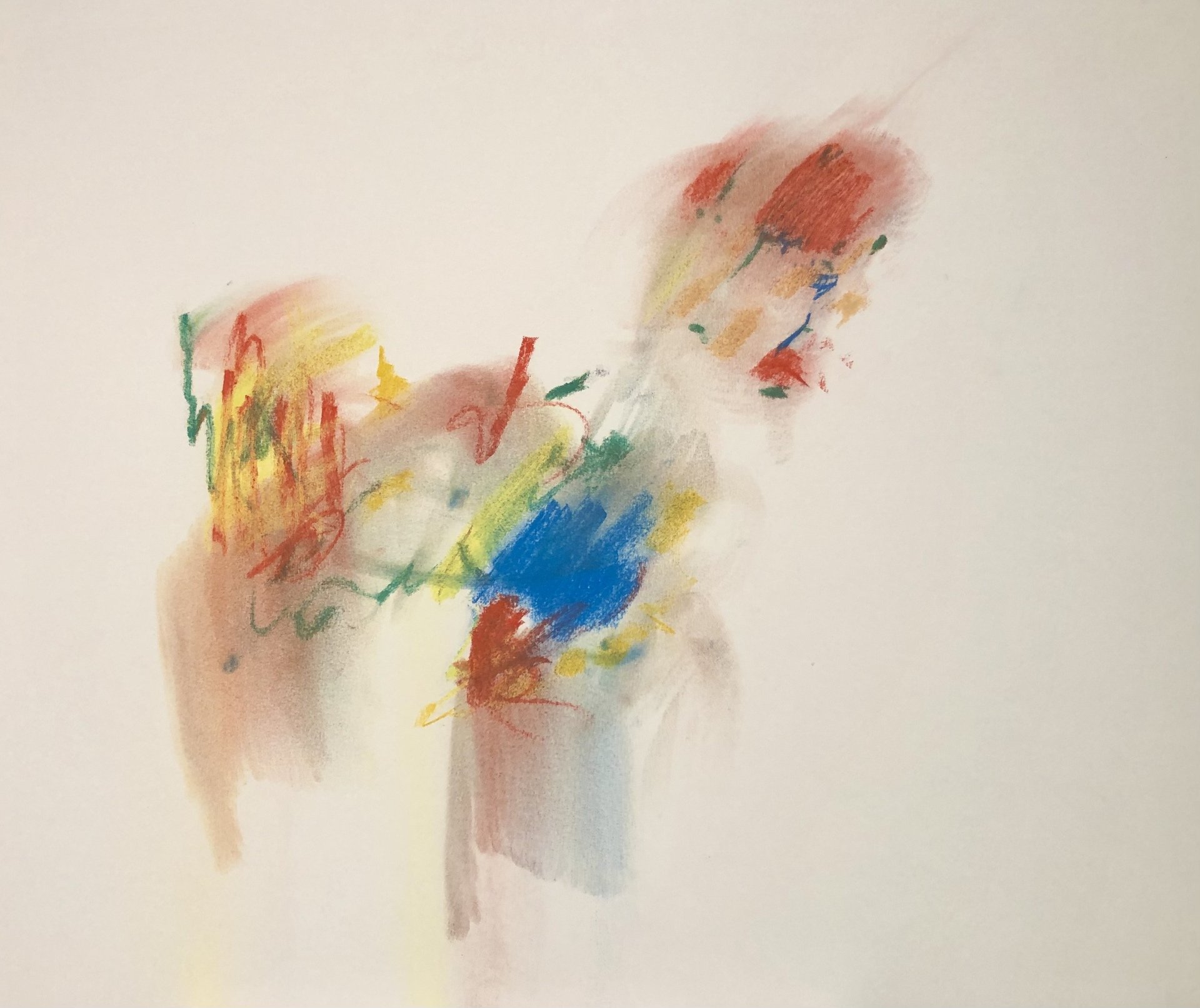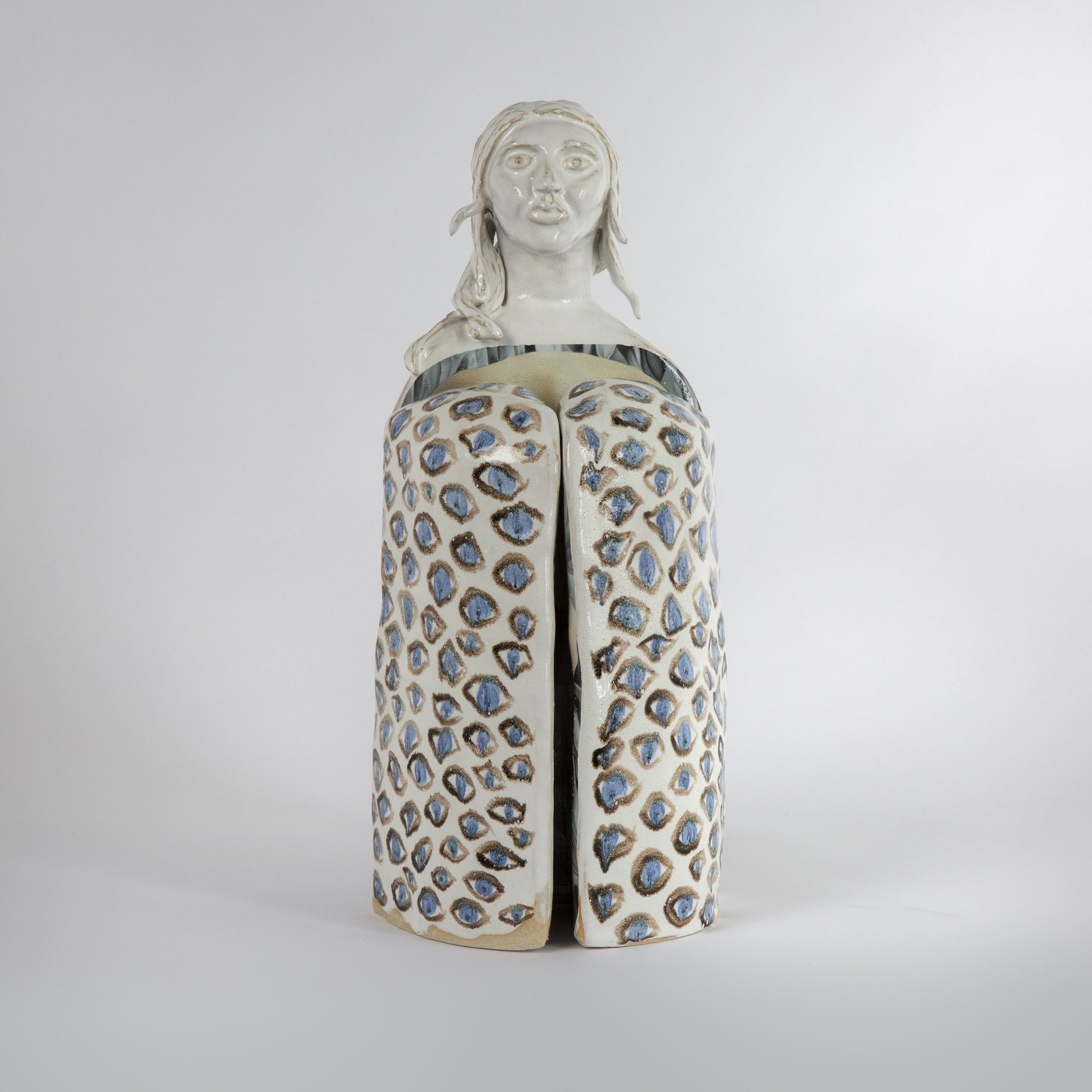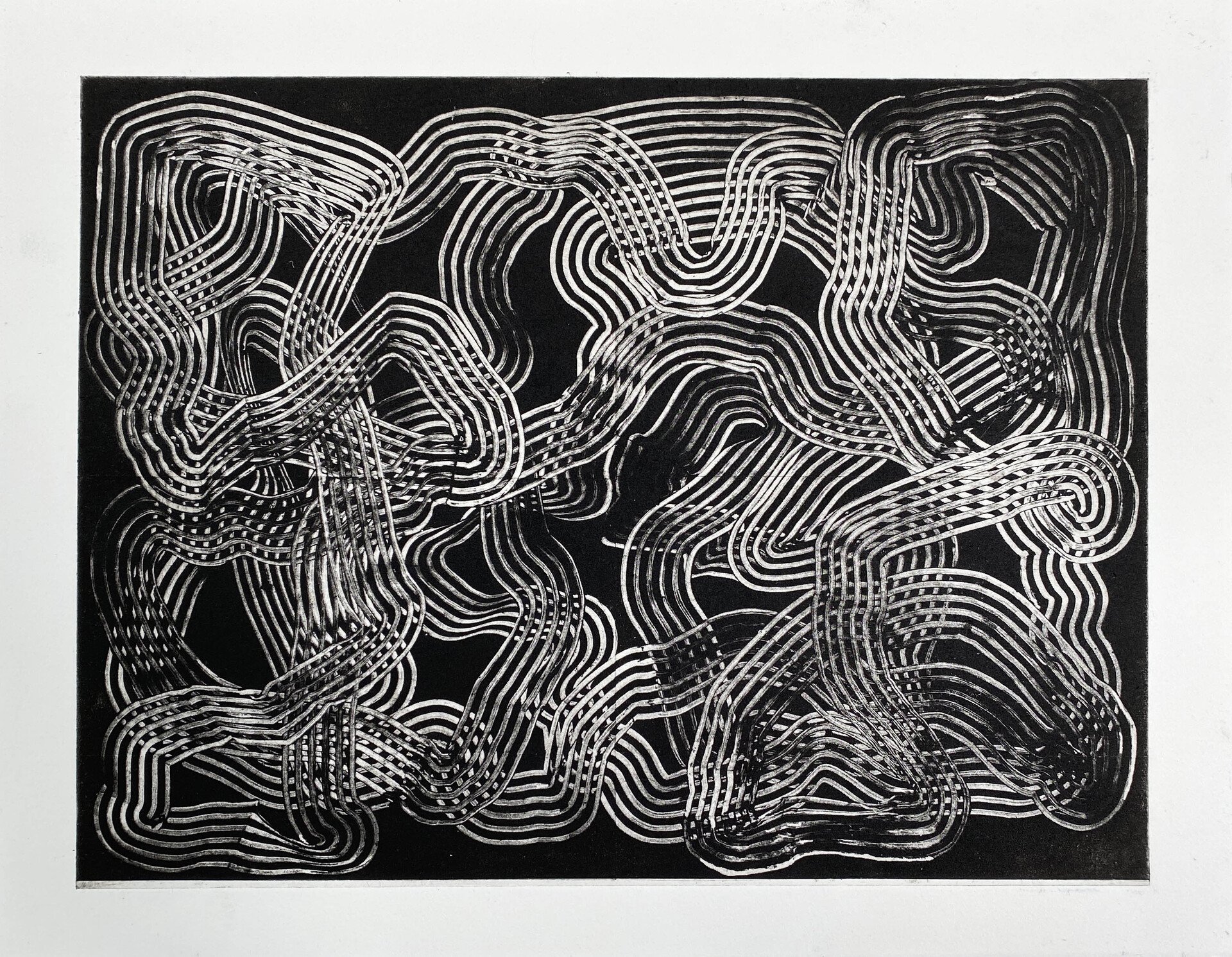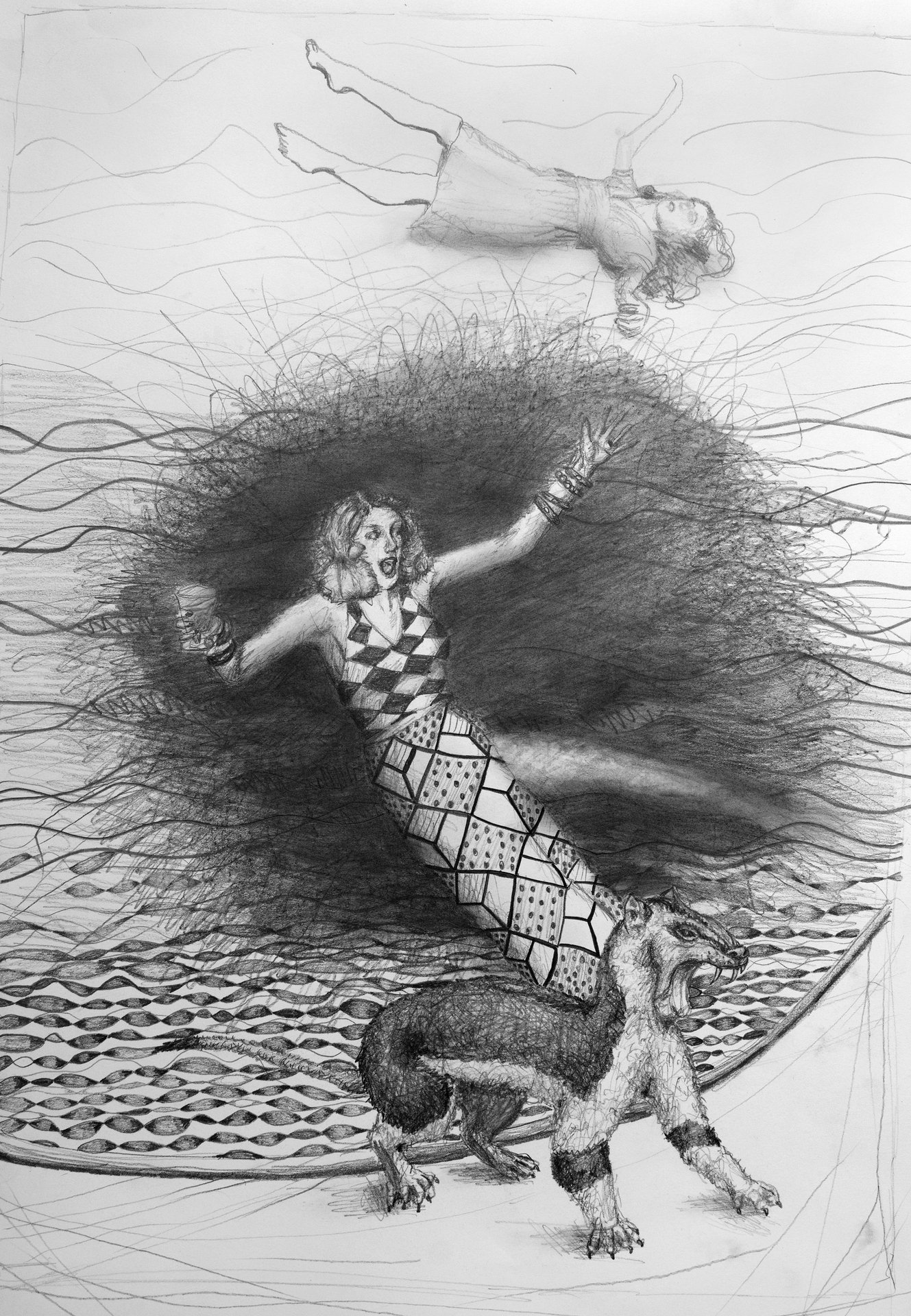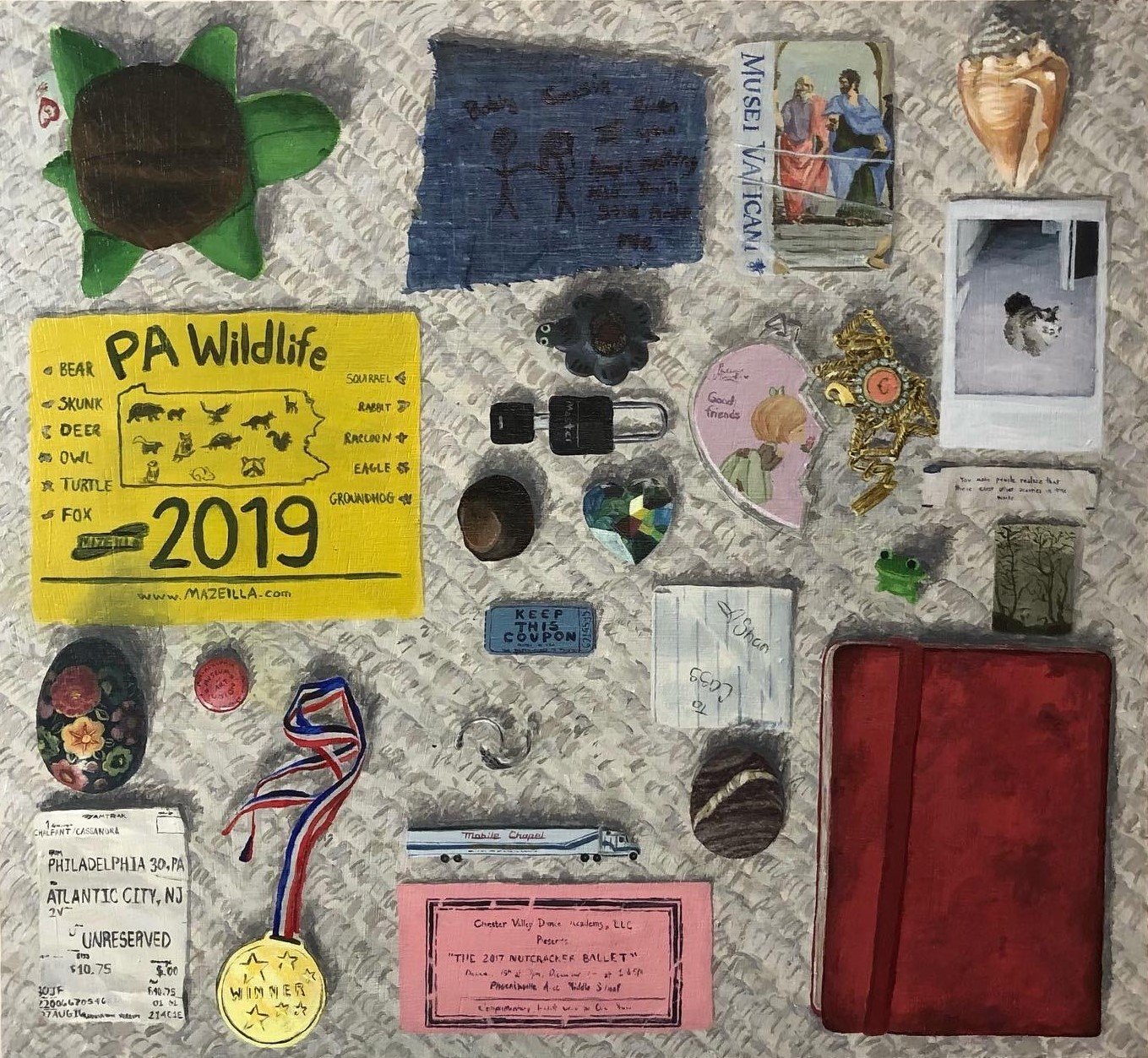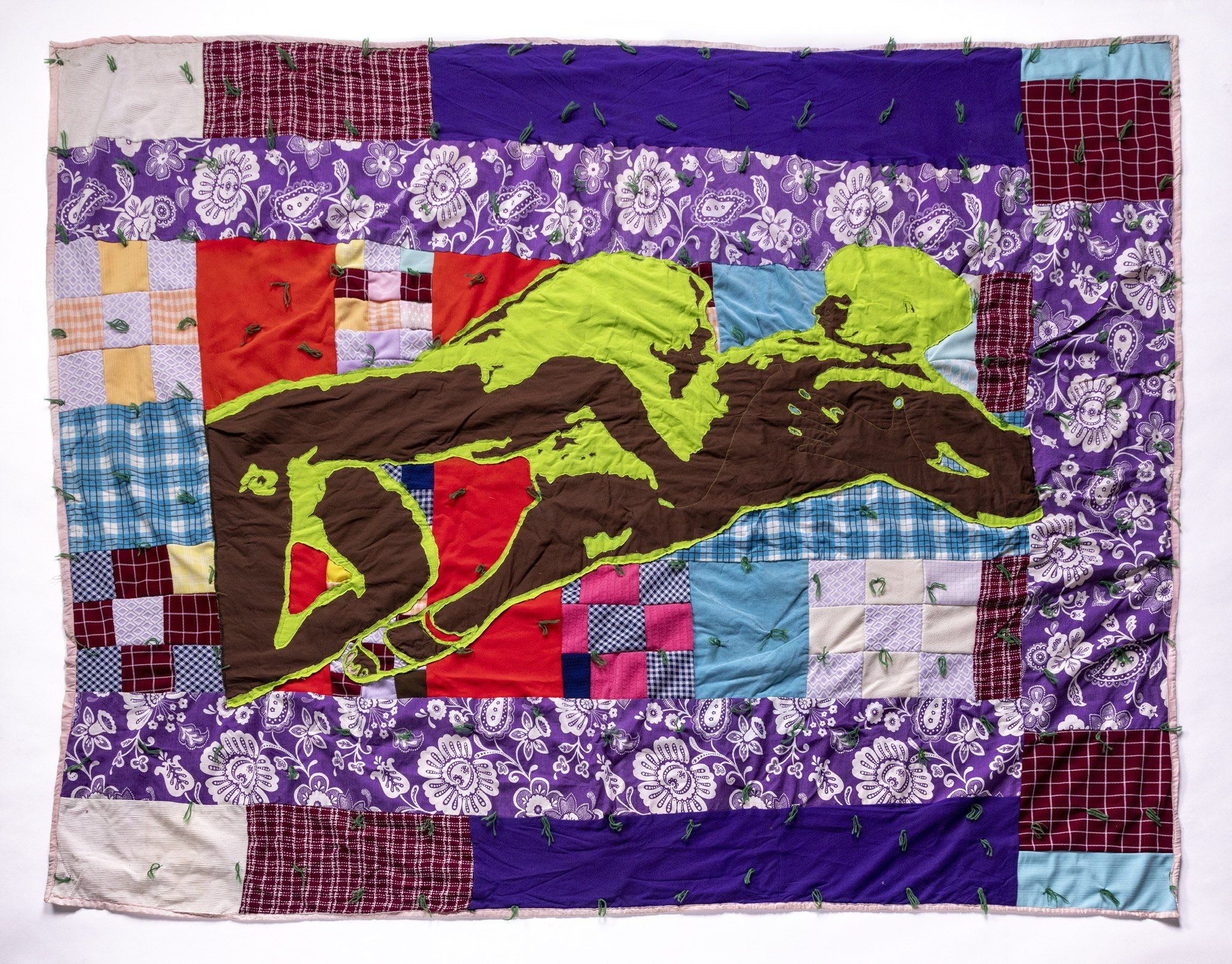Drawing In All Mediums
Juried by Ashton Cooper
July 27, 2022 – September 23, 2022
Curatorial Statement
In sixteenth century Italy, a set of debates emerged between the rival cities of Florence and Venice. Known in art historical parlance as the disegno/colore paragone, these debates sought to establish the superiority of an approach to painting centered on either design or color. Florentine painters were seen to foreground line, rationality, intellectualism, and a scientific approach. Venetians, on the other hand, were characterized as prioritizing color and light effects, lush sensual forms, and visible brushstrokes. This foundational discourse of art criticism established a kind of binary theorization of painting that would come to haunt Euro-American art historical efforts to understand the painted image all the way into the twentieth century. Centuries later and a continent away, MoMA director Alfred Barr characterized the history of abstract art as two conflicting traditions in the catalog for his canonic 1936 exhibition “Cubism and Abstract Art.” In Barr’s formulation, the “more important” line moves from Cezanne and Seurat to Cubism to Mondrian and Malevich. It is “intellectual, structural, architectonic, geometrical, rectilinear and classical in its austerity and dependence upon logic and calculation.” According to Barr, the second strain is traced from Gaugin to Matisse to Kandinsky to Surrealism. It is “intuitional and emotional; organic or biomorphic; curvilinear, decorative, and romantic in its exaltation of the mystical, the spontaneous and the irrational.” In this schema, a supposedly more rational and implicitly masculine style of painting is understood to be superior. The works included here do the work of challenging such foundational categorical binaries. While these pieces were submitted under the rubric of “drawing,” they are nevertheless marked by a capacious interest in texture, color, atmosphere, tactility, sensuality, painterliness, and organic forms. Moreover, true to the given theme of the exhibition, these drawings manifest across a range of media—pencil, oil and acrylic paint, watercolor, digital painting, clay, fabric, and beyond. Unbound from limiting categories, these works reimagine disegno through colore, collapsing the distinction altogether.
Wall 1
These five artists approach the human form with an emphasis on surface texture and hapticality. Laura Elkins, Margaret Jo Feldman, and Lindy Giusta use embroidery, watercolor, and charcoal to render the human face or elements thereof; Katie Croft’s sculpture invites the intervention of the viewer’s hand to reveal its interior; and Marilla Cubberley’s abstract hanging pieces imply an encounter with the human body.
Wall 2
Each of these pieces plays with the painterly application of color—Bari Wieselman Schulman and Susan Bennerstrom enlarge single evocative marks while Paula Kovarik and Bob Aldrich create complex gestural landscapes.
Wall 3
For Rebecca Kautz, Dana Boussard, Paula Bullwinkel, Paulo Correa-Meyer, and Joshua Smith drawing is used to invent intensely detailed and narrative mise-en-scènes.
Wall 4
This group brings together artists with an interest in the sensual and tactile qualities of objects and organic forms, whether through a kind of tromp l’oeil mimeticism (Zackary Petot and Cassandra Chalfant), an illustrative take on the floral still life (Julia Romano), an exploration of the male nude (Brad Silk), or an abstract field (Elvia Perrin).
Wall 5
Kimani Johnson, Mollie Ward, and Susan Yung explore distinct approaches to portraiture through quilting, pastel, and watercolor, respectively.
Wall 6
Working across watercolor, pastel, and colored pencil, Allison Conley, Susan Wadsworth, and Yuna Ikegami offer landscapes rife with evocative symbologies.
